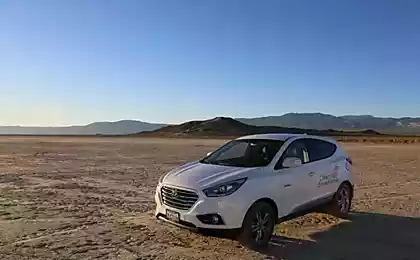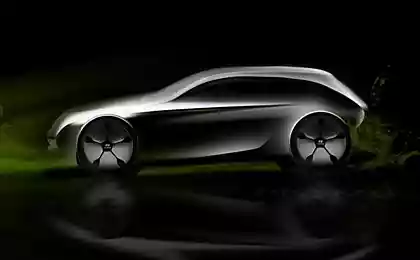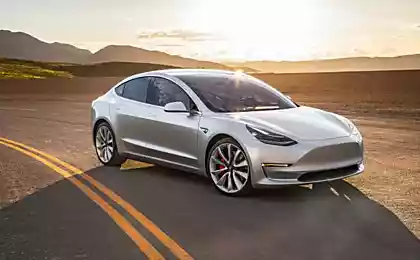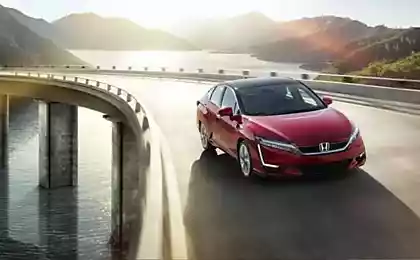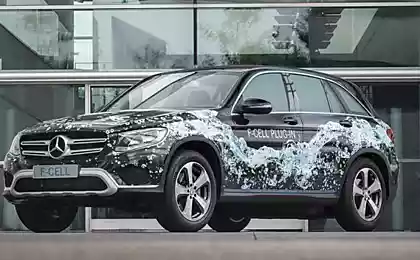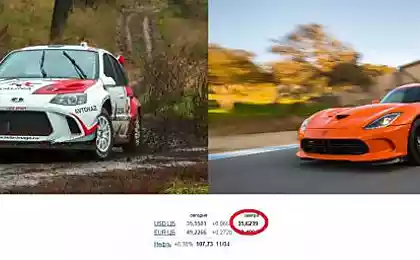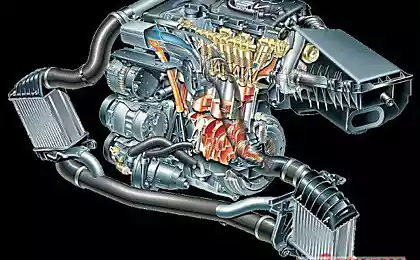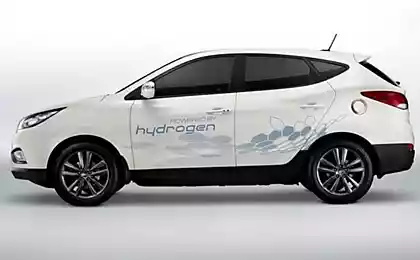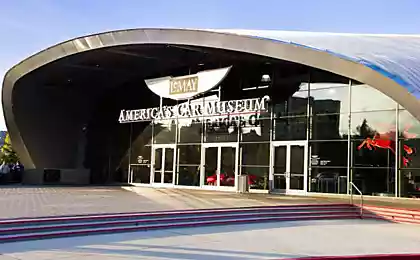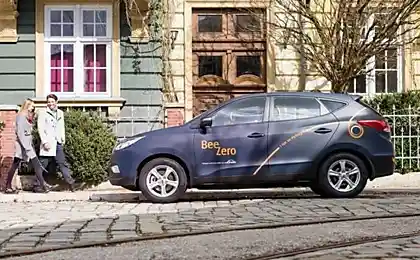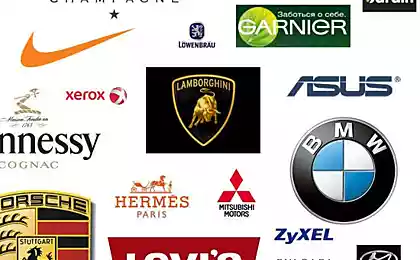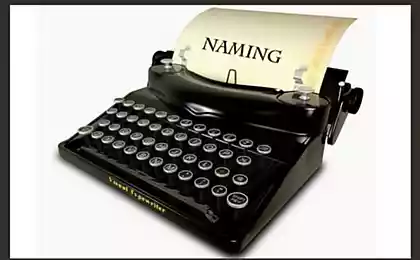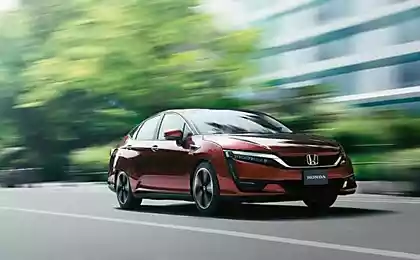264
Hyundai’s first hydrogen Tucson Fuel Cell sold for lease
Hyundai leased the first hydrogen crossover Tucson Fuel Cell. According to the manufacturer, this is the first production fuel cell car offered for free purchase. The car, which consumes hydrogen and emits only a jet of pure water vapor from the exhaust pipe, is expected to be leased for a monthly fee of $499 at first only in two regions, Los Angeles and Orange Counties, due to the highest density of hydrogen filling stations in them.
The fuel cell-powered Tucson is assembled in Ulsan, South Korea, on the same line as the gasoline counterpart. For this reason, the supply of hydrogen crossover is available only on order.
Car enthusiast Michael Harley attended the official event in honor of the commercial launch of the Tucson Fuel Cell, and tested the crossover during a half-hour walk to share his impressions on the pages of Autoblog.
Externally, the FCV is not much different from the version with a gasoline engine. The overall length, width and height are almost identical for both models. The inscriptions Hydrogen EV on the sides, Blue Drive on the front doors and Fuel Cell on the back are not striking. However, subtle changes in aerodynamics reduced the drag coefficient from 0.37 to 0.35.
Two Kevlar-wrapped high-pressure fuel tanks are hidden inside. The larger tank is mounted at the rear, causing the trunk floor to be raised by a couple of inches, a smaller tank in the same place where the petrol tank was, right on the rear axle under the passenger seats. Fuel tanks are bulletproof in the full sense of the word, during tests they were tested for bullet resistance.
On the slightest leak of hydrogen passengers FCV will warn sensitive sensors. One of them is installed immediately behind the driver's head on the ceiling of the cabin.
On the front panel are the same appliances as in conventional electric vehicles, including a battery charge board, supplemented by a coolant temperature indicator. Unlike battery electric vehicles, the Tucson Fuel Cell uses liquid-cooled electronics and fuel stack. In addition, as in gasoline cars, there is an indicator of the presence of fuel in the tank.
The hydrogen Tuscon is 366 kilograms heavier than the traditional version with a 2.4-liter engine. According to Hyundai engineers, a gasoline engine hidden under the hood for pumping fuel and two hydrogen tanks practically do not add excess weight, which cannot be said about the lithium-polymer battery, which accounts for most of the “extra” kilograms.
More weight is usually reflected in the dynamics of the car. But due to the low center of gravity and balance, this drawback does not manifest itself. In contrast, the ballast reliably keeps the FCV on the road. If the gasoline Tucson sensitively “reports” about all the irregularities of the asphalt, the hydrogen rides smoothly, like an expensive limousine.
The power of the Tucson Fuel Cell engine is 48 hp lower than that of a “colleague” with an internal combustion engine, but its torque is 60 Nm higher. Acceleration "to hundreds" takes about 11.5 seconds. At first glance, it is rather sluggish, but in the interval of “real” speeds of 25-90 km / h, the hydrogen car behaves quite lively, although, undoubtedly, overtaking on high-speed roads will require increased attention from the driver.
Hyundai is offering FCV owners free refueling at six L.A. hydrogen stations within 12,000 miles of annual mileage throughout the lease term. On the one hand, it should stimulate sales, but there is another reason for this move. California officials have not yet decided how to charge for hydrogen, as gas stations do not yet have enough accurate and reliable hydrogen dispensers. As soon as there is a pump capable of accurately weighing the pumped kilograms, hydrogen will be released by weight.
A full tank (two tanks to be exact) of the Tucson Fuel Cell holds 12.4 pounds (5.44 kg) of hydrogen. It takes about 10 minutes to fill this amount in completely empty tanks. The pumped fuel will last for 265 miles (424 km) of run.
by Autoblog Materials
Source: facepla.net
The Voynich manuscript—the most mysterious book in the world, remains a mystery for 500 years
Photo report — supercar park 19-year-old boy


